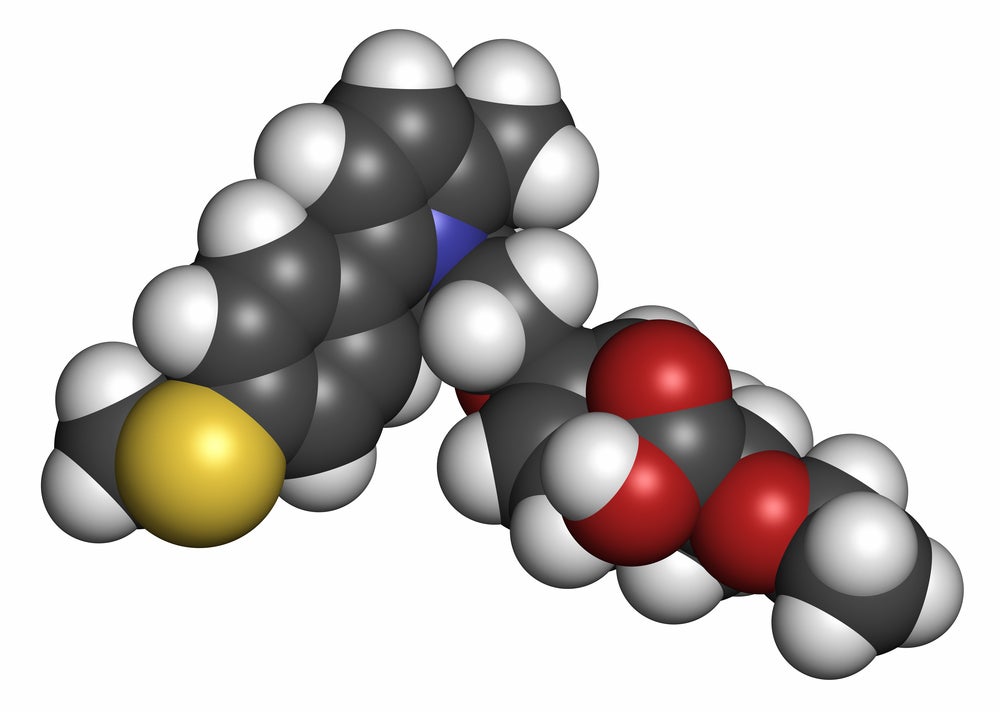At the 59th Annual European Association for the Study of Diabetes (EASD) 2023 meeting, a new comparative study was discussed demonstrating the effectiveness of glucagon-like peptide-1 receptor agonists (GLP-1RAs) versus dipeptidyl peptidase-4 inhibitors (DPP-4Is) in patients with type 2 diabetes (T2D) and chronic kidney disease (CKD).
Tuttle and colleagues recognized that patients with T2D and CKD are limited in their therapeutic use because their low estimated glomerular infiltration rate (eGFR) results in the accumulation of many drugs and/or metabolites. It is well understood that GLP-1RAs are effective glucose- and body-weight-lowering therapies in patents with T2D and low eGFR, and similarly DPP-4Is are widely used by patients with T2D and CKD. This study evaluated the real-world effectiveness of GLP-1RAs versus DPP-4Is for glycemic control and body weight reduction in patients with T2D and moderate or severe CKD. T2D is a cardiometabolic disease with multiple comorbidities that are expected to increase in their prevalence, including CKD, obesity, heart failure (HF), and diabetic retinopathy, among others.
The comparative analysis included 1,650 GLP-1RAs initiators (mean age: 67.1 years of age; 51% men: mean eGFR, 48.6ml/min/1.73m²: mean HbA1c 9.1%; body weight [mean] 106.5kg) and 1,650 DPP-4Is (mean age: 66.7 years; 50% men, mean eGFR, 48.6ml/min/1.73m²: mean HbA1c 9.1%; body weight [mean] 106.2kg). The most commonly initiated GLP-1RAs were exenatide (n=422) and liraglutide (n=419); the most commonly initiated DPP-4Is were linagliptin (n=643) and sitagliptin (n=563).
At six months, GLP-1RA treatment was associated with a significantly greater reduction in HbA1c versus DPP-4I (-1.10% [95% CI: -1.19; -1.00] vs. -0.95% [95% CI: -1.04;-0.85]; estimated treatment difference [ETD] -0.15% [95% CI: -0.28, -0.02]; p<0.05). Of patients with HbA1c greater than or equal to 7%, 26.5% and 24.8% achieved HbA1c less than 7.0% with GLP-1RAs and DPP-4Is, respectively, and mean body weight reductions were more significant in patients taking GLP-1Ras versus DPP-4Is (-4.71kg [95% CI: -5.10; -4.32] vs. -1.79kg [95% CI: -3.50; -2.50]; p<0.001); a body weight reduction greater than 5% was observed in 41.2% and 19.5% of GLP-1RA- and DPP-4I-treated patients, respectively.
Key opinion leaders (KOLs) interviewed by GlobalData have stated they see increasing prevalence of T2D and obesity alongside either CKD or HF and reported that they favour prescribing therapies that address T2D and comorbidities simultaneously, which GLP-1RAs are demonstrating in both real-world and trial data.
GLP-1RAs are increasingly the preferred therapy with continued roll-out of reimbursement across the five major European markets (France, Germany, Italy, Spain, UK) and insurance coverage in the US. This further reinforces that GLP-1RAs will likely become the leading T2D therapy, in terms of market share, by the end of the decade, especially as they are included in combination therapies such as Novo Nordisk’s Phase III basal insulin + semaglutide therapy.





